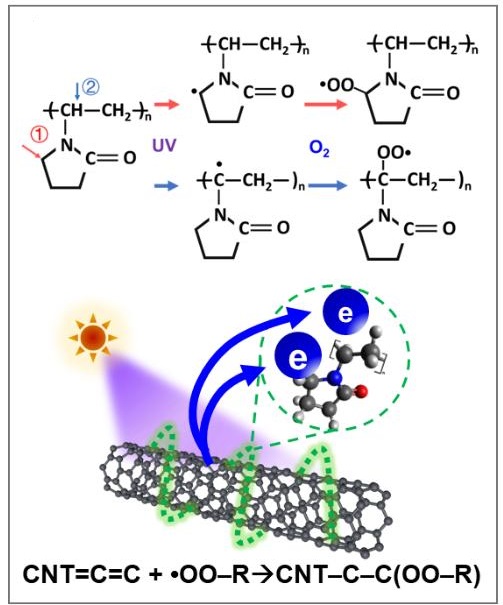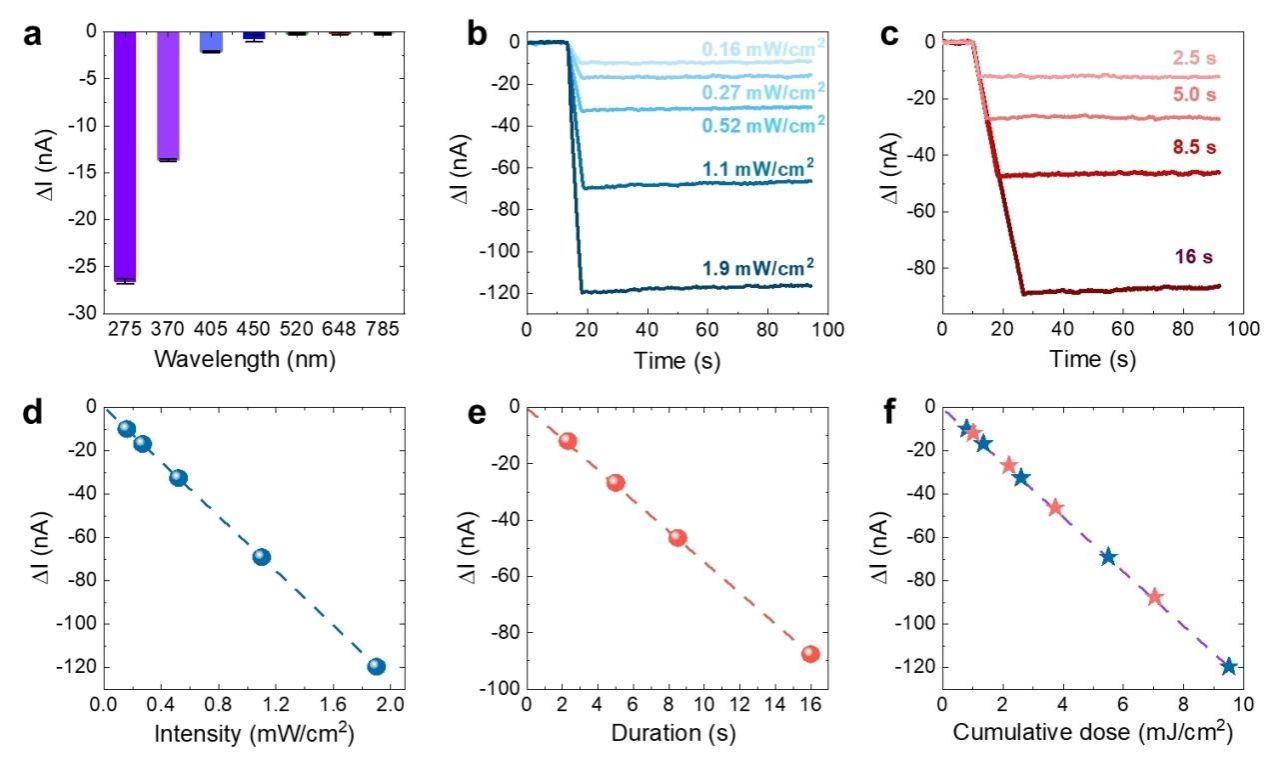Recently, Professor Yi Ying's team from the School of Mechanical Engineering and Electronic Information of CUG, in collaboration with Professor Sun Jian's team from the School of Physics of Central South University, successfully developed an ultraviolet dosimeter based on nonvolatile memory for the practical needs of personal health monitoring. The achievement was published in the internationally authoritative journal Advanced Functional Materials as a paper titled “An In-Memory Personal Dosimeter Based on UV Radiation-Programmed Nonvolatile Memory”. China University of Geosciences (Wuhan) is listed as the first-named institution, with Professor Yi Ying as the first author, and Professor Sun Jian from Central South University as the corresponding author.
Monitoring ultraviolet radiation dose is of great significance for enhancing public health awareness and ensuring occupational health and safety. However, the existing portable UV dose detection technology generally faces issues such as high cost and limited popularity, making it difficult to meet the application needs in regions with limited resources. In response to this challenge, the research team has developed a "minimalist innovation" low-cost device based on a polyvinyl pyrrolidone (PVP) functionalized carbon nanotube network film. This device induces photochemical bond breakage in PVP through ultraviolet (UV) irradiation, and the generated free radicals undergo chemical adsorption reactions with carbon nanotubes, thereby regulating their electrical conductivity. The nonvolatile conductivity changes generated during this process exhibit a linear correlation with the irradiation dose, enabling precise monitoring of cumulative ultraviolet (UV) dose with a resolution as high as 36 μJ/cm⟡. Based on the linear relationship between conductivity and UV dose, direct reading of UV dose can be achieved solely through simple and low-cost electronic circuits, without relying on storage units and high-speed sampling. The UV dosimeter, with a single manufacturing cost of less than RMB 0.1, is particularly suitable for personal daily health monitoring, occupational exposure site monitoring, and public health applications in underdeveloped areas, demonstrating broad application prospects and social value.
Paper link: http://doi.org/10.1002/adfm.202510064
Selected images of research findings:

Fig. 1 Preparation flowchart of dosimeter

Fig. 2 Micro-level Mechanism

Fig. 3 Characteristics of the Programmed UV Dose Memory under Various Conditions